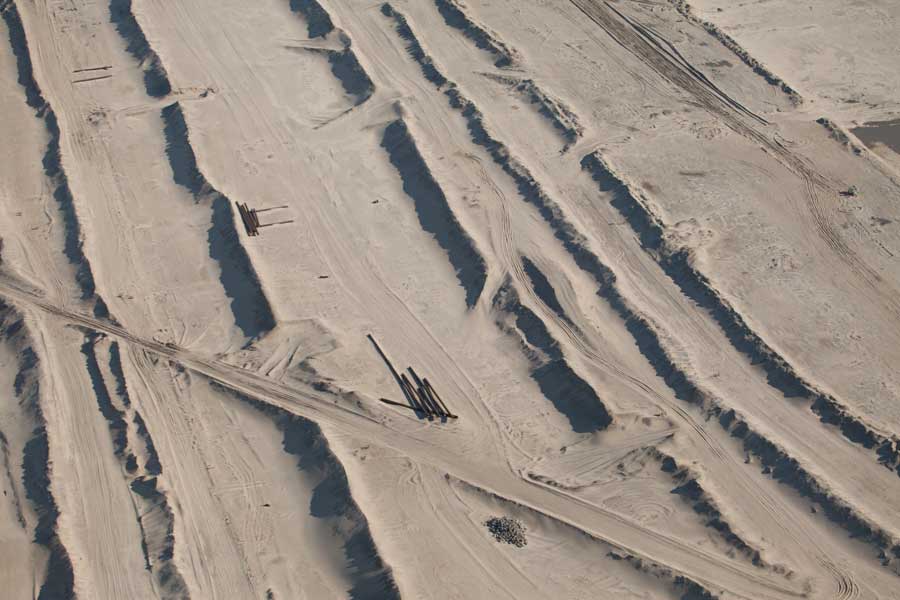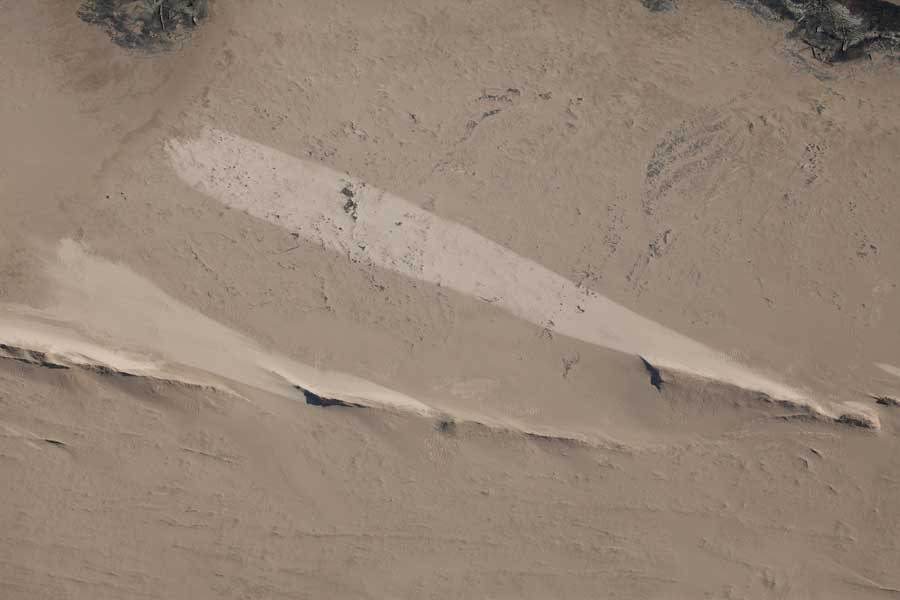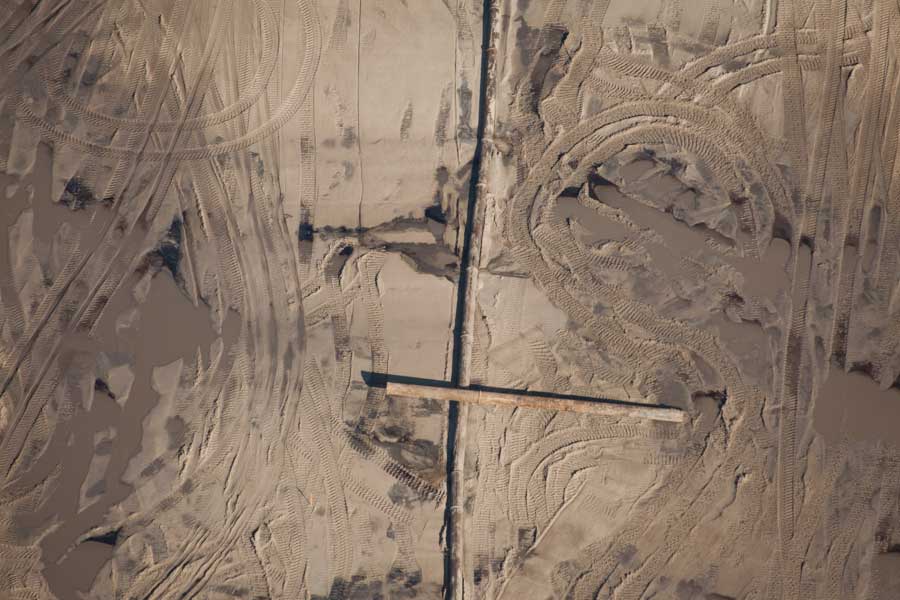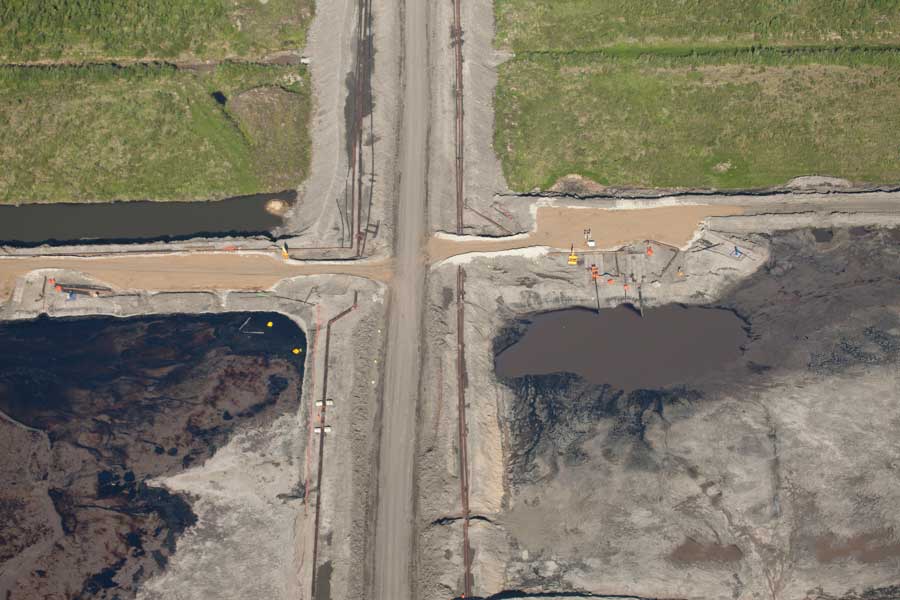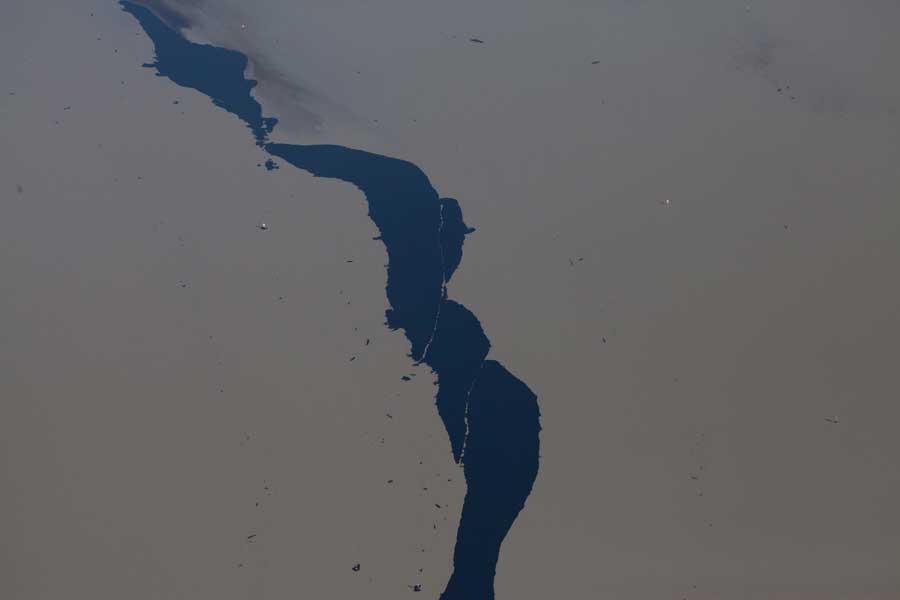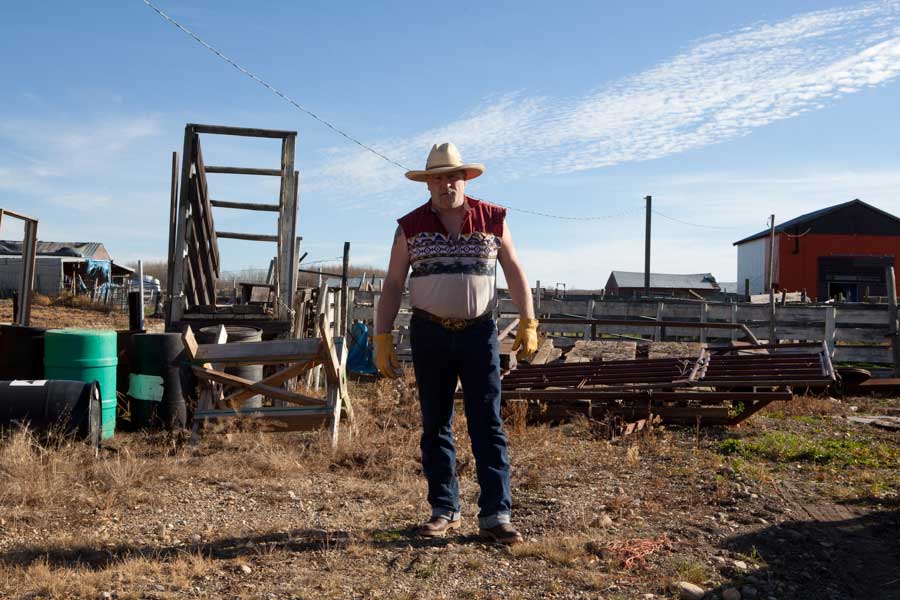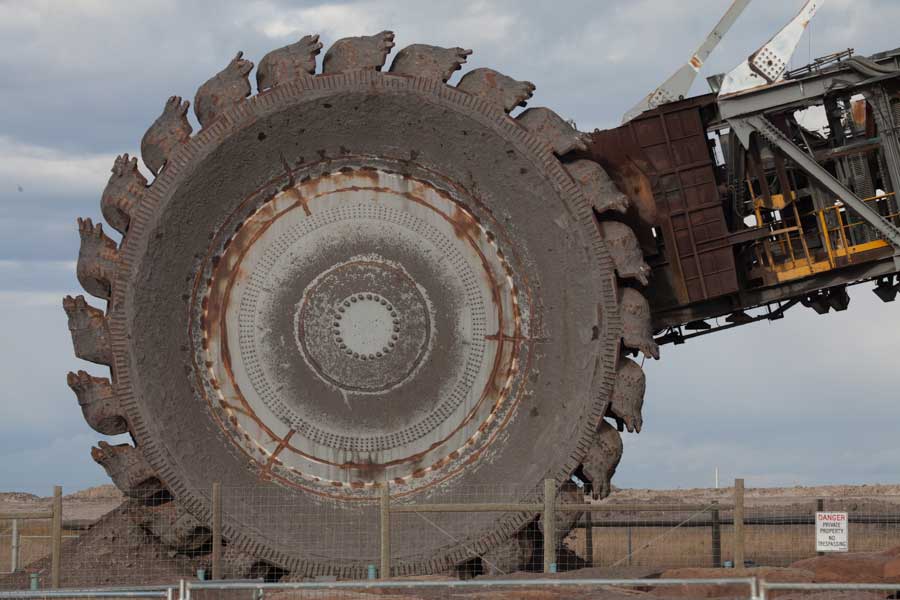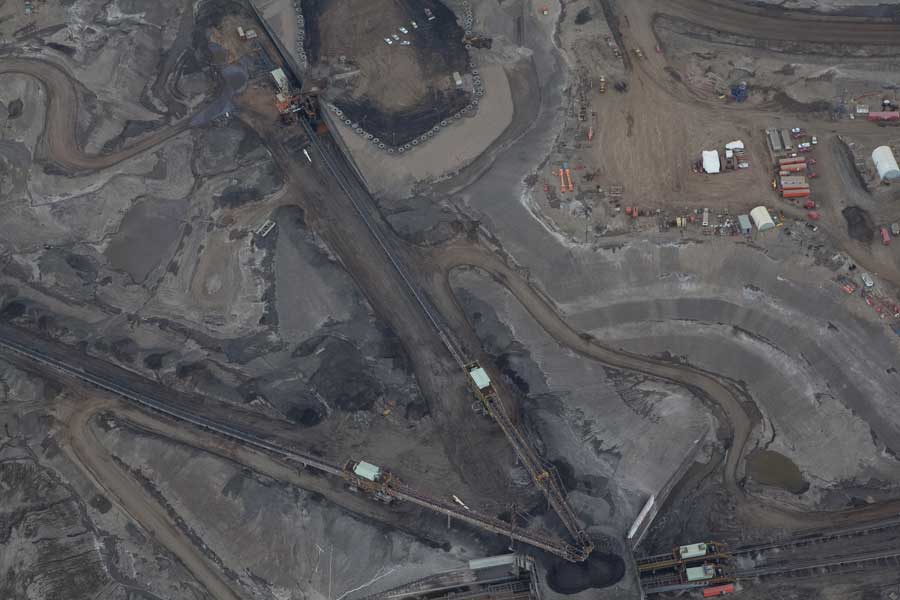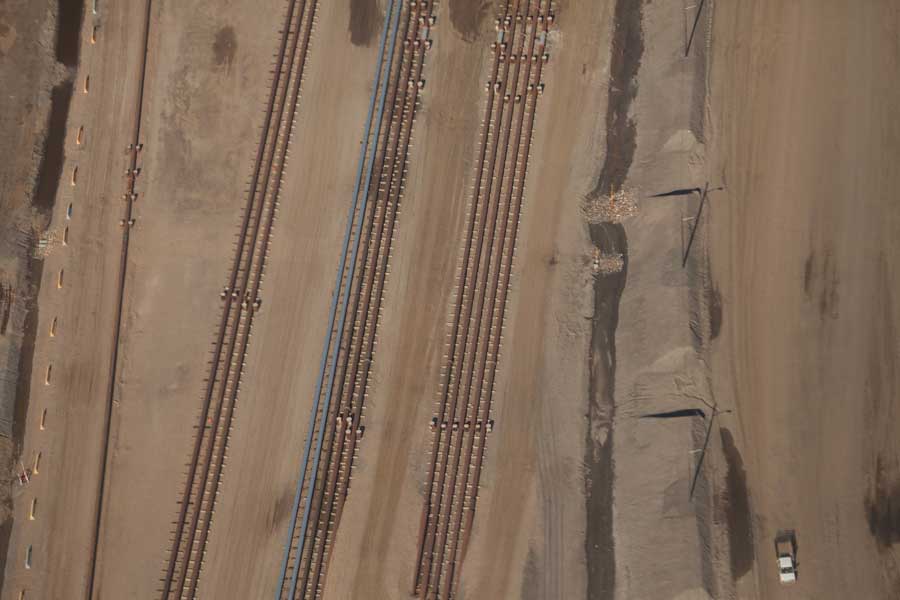An elderly Alberta cowboy replied to the above question, “ In the beginning oil was a blessing, it brought Alberta from the ranks of the have not provinces to the ranks of the have provinces, it allowed schools, roads and hospitals to be built”
Theoretically The Tar sands or Oil sands, depending on what side of the fence you sit on, Oil (Sands – Pro business) Tar Sands (Environmentalist) is the largest industrial project in North America, larger than England or the state of Florida. The emissions from the Industrial areas of Alberta match Canada’s Kyoto emissions quota.
The current Conservative Canadian Federal Government is moving full steam ahead in the development of the Tar Sands, “To hell to the consequences”. Royalties are not pouring into either the Provincial or Federal Governments, instead it is flowing into offshore accounts, that is just the financial side of where Canadian oil is not a benefit for either the Canadian state or people. A common refrain is, “What will be the environmental landscape in fifty tears?” scary! The tailings ponds in Fort McMurray have become a tourist site but if they burst, it would be an environmental catastrophe, potentially destroying the whole northern eco system.
If you were a citizen of Western Canada would oil be a curse or a blessing?
About Alan Gignoux
Gignouxphotos is an established photojournalistic and multimedia company, whose projects focus on the socio-political and environmental aspects of controversial issues around the world. Working with Non-Governmental Organisations such as CARE, Oxfam and the British Council, projects have all achieved international success.
The exhibition Homeland Lost was exhibited across the Middle East, including the Cinematic in Tel Aviv, one of the few times that the Palestinian refugee issue has been exhibited in Israel, as well as being showcased in the Palestinian Film Festival at the Barbican in London.
Alan Gignoux has been working as a professional documentary photographer since 2000 and prior to that as a documentary researcher and journalist.
Demonstrating a commitment to recording the effects of occupation and displacement on individual communities in different parts of the world, including the Middle East, North Africa and Canada, through long-term photographic projects.
Best known body of work, Homeland Lost, is a series of photo essays looking at long-term refugee situations throughout the world. The first in the series looks at the Palestinian situation and has been exhibited extensively in the Middle East and Europe, including the Barbican, London and the Tropenmuseum, Amsterdam as part of the group exhibition “Palestine 1948: Remembering a Past Homeland.”
Recently, concentrating on multimedia projects investigating environmental questions, such as the devastation of the Appalachian landscape following a shift to mountaintop removal mining and the damage to the water system, agriculture and human health caused by the booming tar sands mining industry in Alberta, Canada.
In addition, Alan has made a number of photographic series ranging from short human interest stories to fine art landscapes. Born in the United States, Alan lives and works in London. [Official website]



